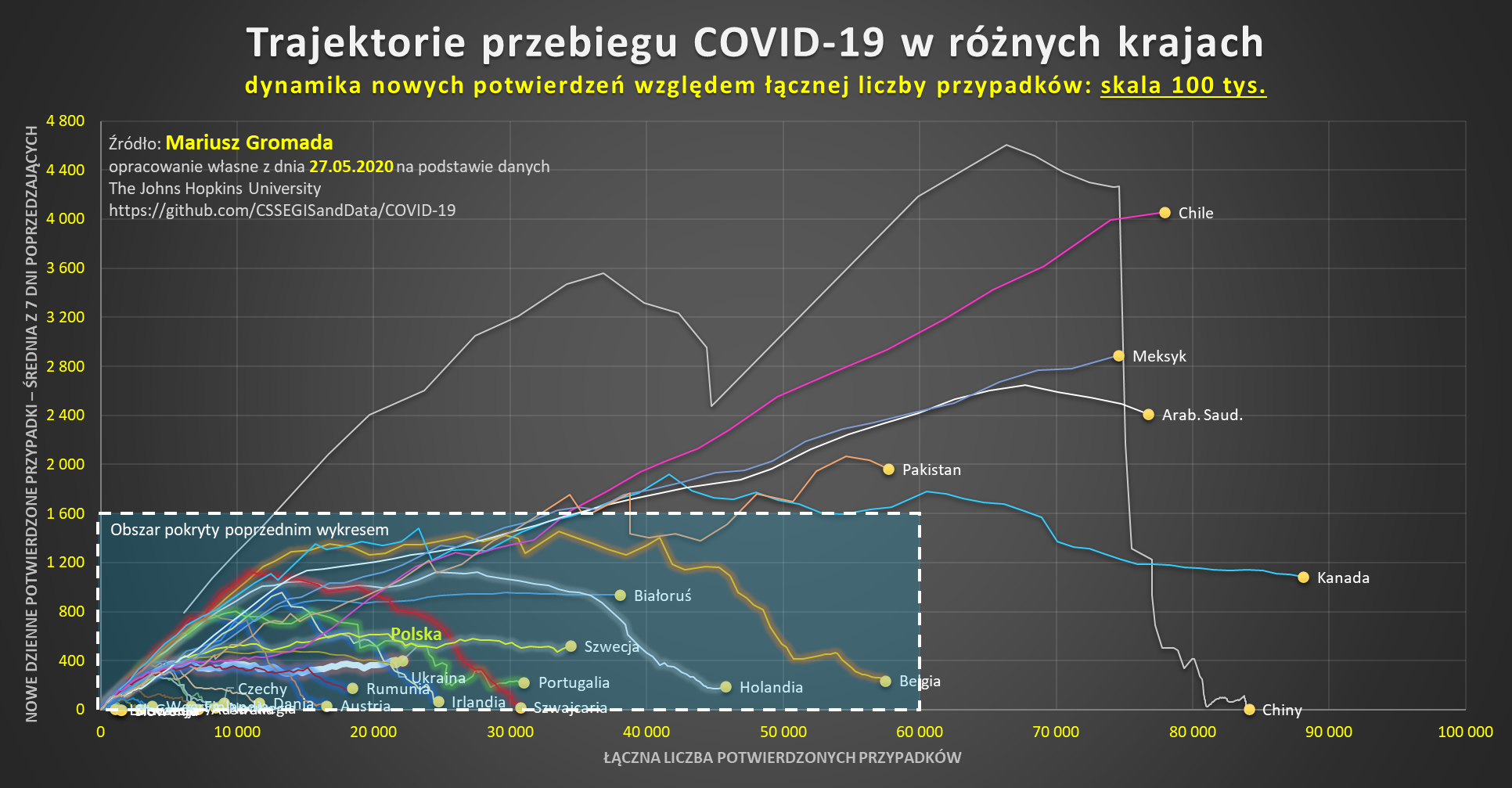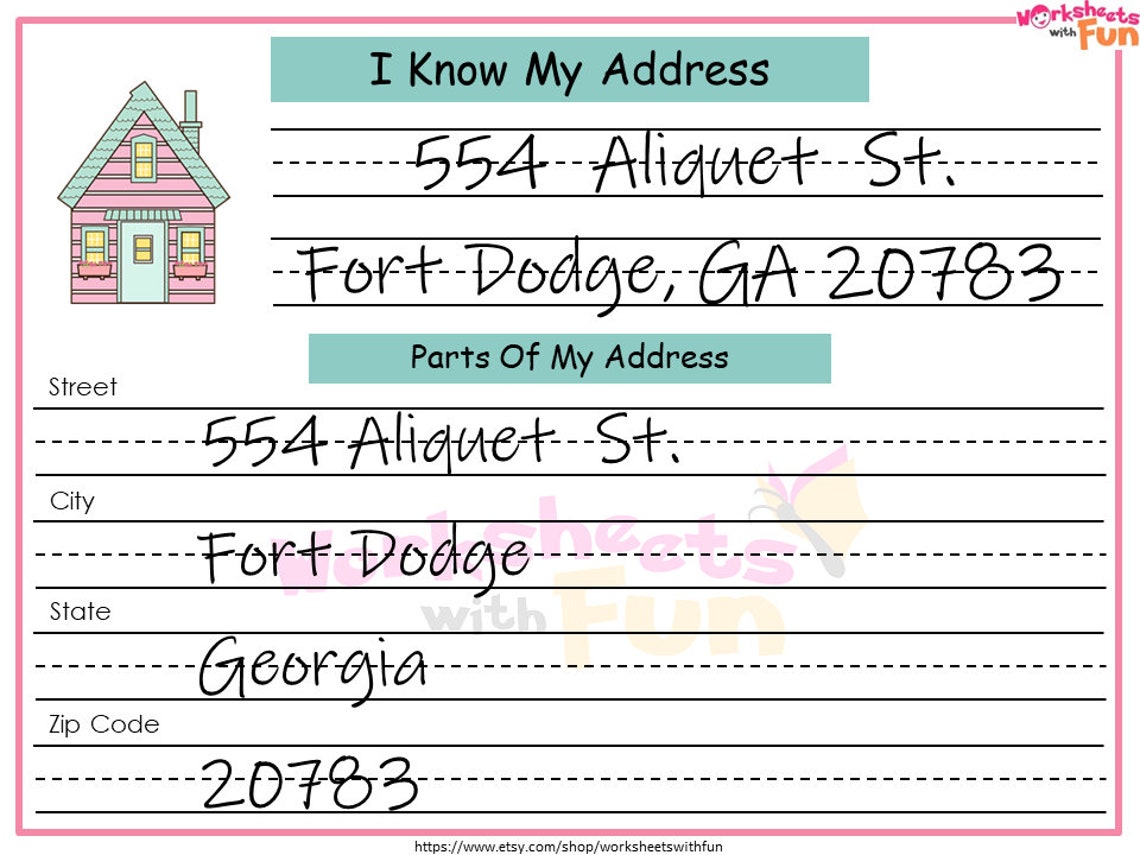Mitigating The Risks Of Flood Damage To Livestock

Table of Contents
Assessing Flood Risk on Your Farm
Before you can protect your livestock from floods, you need to understand your farm's vulnerability. A thorough flood risk assessment is the cornerstone of any effective livestock flood protection plan. This involves several key steps:
- Using flood maps and historical data: Consult your local government's flood maps to identify areas on your farm that are prone to flooding. Analyze historical flood data to understand the frequency and severity of past events. This information will highlight high-risk areas for your livestock.
- Identifying potential flood sources: Pinpoint all potential sources of flooding on and around your property. This includes rivers, streams, lakes, drainage ditches, and even rapidly accumulating rainfall. Knowing where the water might come from allows you to anticipate and plan accordingly.
- Considering elevation and terrain: Evaluate the elevation of different areas of your farm. Higher ground offers more protection. Analyze the terrain to identify potential pathways for floodwater to flow across your land, potentially affecting grazing areas and animal shelters.
- Evaluating drainage infrastructure: Assess the condition of your farm's drainage systems, including ditches, culverts, and drainage pipes. Ensure they are functioning properly to prevent water accumulation. Regular maintenance is crucial for preventing blockages that could worsen flood damage.
Pre-Flood Planning and Preparation for Livestock Safety
Proactive pre-flood planning is essential for livestock flood protection. A well-defined emergency plan can make all the difference in minimizing losses and ensuring animal safety.
- Developing a comprehensive emergency plan: This plan should outline clear procedures for moving livestock to safety during a flood warning. Include designated evacuation routes, assembly points, and transportation methods. Consider the specific needs of different animal types.
- Identifying safe, high-ground locations: Locate areas on your property, or nearby, that offer safe, high ground for temporary relocation. These locations should be easily accessible and provide adequate space for your animals. Ideally, they should also offer shelter from the elements.
- Preparing a readily accessible emergency kit: Assemble a kit containing essential supplies such as feed, water, medications, first-aid supplies for both animals and humans, emergency contact information, and any necessary tools.
- Establishing communication channels: Designate a communication plan to stay informed about approaching floods and coordinate with neighbors, emergency services, and veterinary professionals. Having multiple contact methods is key during an emergency.
Protecting Livestock During a Flood Event
When a flood warning is issued, swift action is crucial. Here's how to protect your livestock during a flood event:
- Monitoring the rising water levels closely: Continuously monitor weather reports and water levels. Be prepared to act quickly as water levels rise.
- Moving livestock to higher ground: As soon as it's safe to do so, move your livestock to pre-identified high-ground locations. Prioritize the most vulnerable animals first.
- Ensuring animals have access to food and water: Provide adequate feed and clean drinking water. If evacuation is necessary, transport sufficient supplies.
- Providing shelter from the elements: Ensure animals have adequate shelter from wind, rain, and cold temperatures.
- Following established evacuation procedures: Adhere strictly to your pre-developed emergency plan. Maintain calm and controlled actions to minimize stress on both animals and handlers.
Post-Flood Recovery and Livestock Care
Post-flood recovery focuses on the well-being of your surviving livestock and the restoration of your farm.
- Cleaning and disinfecting animal shelters and pastures: Thoroughly clean and disinfect all animal housing and grazing areas to prevent the spread of disease. Remove debris and contaminated materials.
- Monitoring animals for injuries, stress, or disease: Carefully monitor your animals for any signs of injury, illness, or stress. Seek veterinary attention promptly if needed. Watch for signs of disease outbreaks.
- Providing veterinary care as needed: Ensure prompt veterinary care for injured or sick animals. Consult with your veterinarian about preventative measures against diseases that may spread after a flood.
- Assessing damage to fences, pastures, and infrastructure: Assess the extent of damage to your farm's infrastructure, including fences, pastures, and buildings. Start the process of repairs and rebuilding.
- Securing necessary resources for rebuilding: Explore options for financial assistance and insurance claims to help with the cost of rebuilding and restoring your farm.
Insurance and Financial Assistance for Flood Damage
Protecting your investment requires adequate insurance coverage. Explore comprehensive farm insurance policies that include coverage for livestock loss due to flooding.
- Livestock flood insurance: Specific insurance policies cover the loss of livestock due to flooding. Understand your policy's terms and conditions.
- Farm flood insurance: Broader policies cover farm structures and other assets, reducing financial losses after a flood.
- Government assistance flood damage livestock: Several government agencies offer financial assistance programs to farmers affected by floods. Research and apply for relevant programs.
Conclusion:
Mitigating the risks of flood damage to livestock requires a proactive and multi-faceted approach. By conducting a thorough flood risk assessment, developing a comprehensive emergency plan, and taking appropriate actions before, during, and after a flood, you can significantly reduce the potential for losses. Remember, the devastating consequences of neglecting flood preparedness far outweigh the effort required to implement preventative measures. Don't wait until it's too late! Start mitigating the risks of flood damage to your livestock today! Contact your local agricultural extension office or insurance provider for more information on flood risk assessment, insurance options, and government assistance programs.

Featured Posts
-
 Understanding The Karate Kid Themes Characters And Martial Arts
May 07, 2025
Understanding The Karate Kid Themes Characters And Martial Arts
May 07, 2025 -
 Steelers George Pickens Trade Rumors And Analysis
May 07, 2025
Steelers George Pickens Trade Rumors And Analysis
May 07, 2025 -
 Prezydenckie Sondaze Onetu Analiza Najnowszych Danych
May 07, 2025
Prezydenckie Sondaze Onetu Analiza Najnowszych Danych
May 07, 2025 -
 Papa Francesco La Geografica Dei Cardinali E Le Periferie Nel Nuovo Conclave
May 07, 2025
Papa Francesco La Geografica Dei Cardinali E Le Periferie Nel Nuovo Conclave
May 07, 2025 -
 White Lotus Season 3 Oscar Winning Guest Star Appears
May 07, 2025
White Lotus Season 3 Oscar Winning Guest Star Appears
May 07, 2025
Latest Posts
-
 Sharp Rise In Ethereum Address Activity A 10 Increase In Two Days
May 08, 2025
Sharp Rise In Ethereum Address Activity A 10 Increase In Two Days
May 08, 2025 -
 Cro Jumps After Trump Media Announces Crypto Com Etf Partnership
May 08, 2025
Cro Jumps After Trump Media Announces Crypto Com Etf Partnership
May 08, 2025 -
 Ethereum Price Forecast 1 11 Million Eth Accumulated Bullish Momentum Grows
May 08, 2025
Ethereum Price Forecast 1 11 Million Eth Accumulated Bullish Momentum Grows
May 08, 2025 -
 Ethereum Network Sees Significant Address Activity Jump
May 08, 2025
Ethereum Network Sees Significant Address Activity Jump
May 08, 2025 -
 Trump Media And Crypto Coms New Etf Partnership Sends Cro Price Higher
May 08, 2025
Trump Media And Crypto Coms New Etf Partnership Sends Cro Price Higher
May 08, 2025
